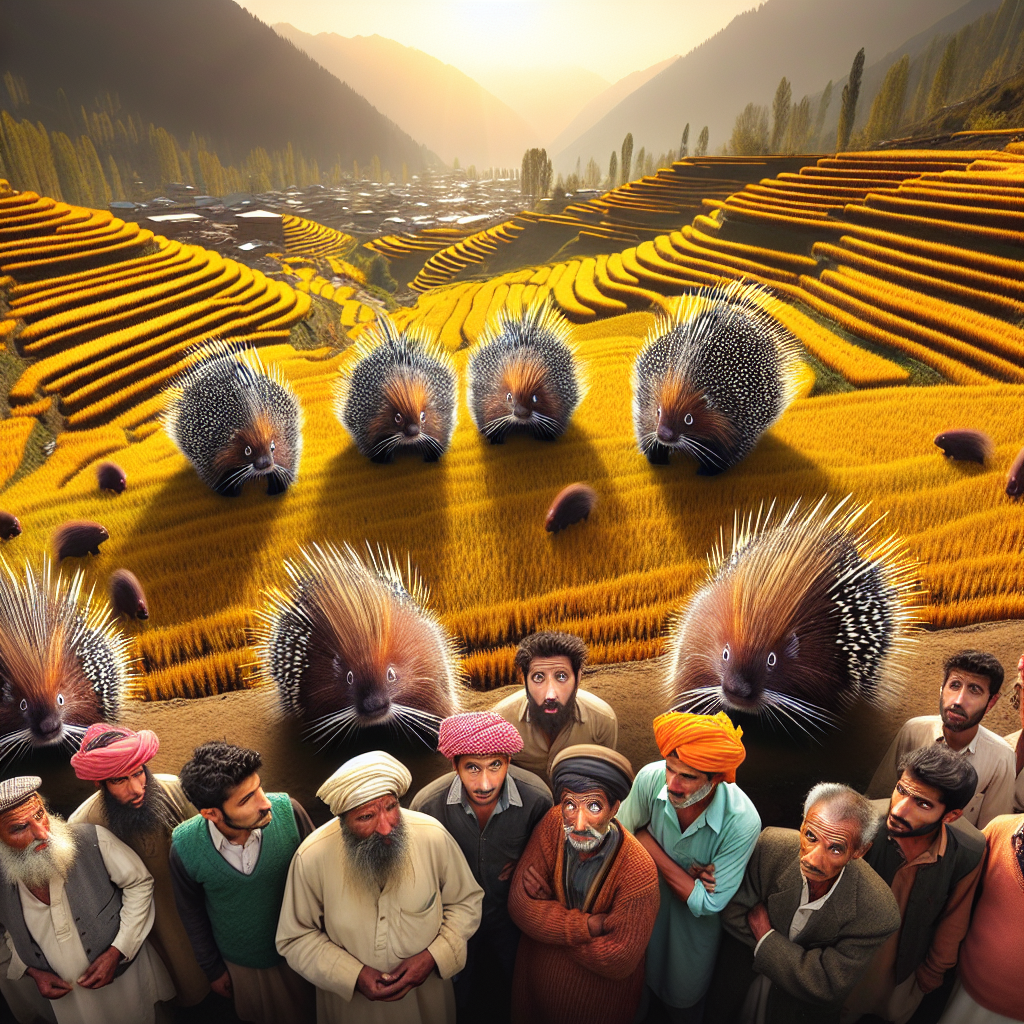Kashmir’s Renowned Saffron Threatened by Porcupine Invasion
Kashmir’s Renowned Saffron Threatened by Porcupine Invasion
Introduction
The lush saffron fields of Kashmir, known for producing some of the world’s finest saffron, are facing an unexpected threat. A surge in porcupine populations is causing significant damage to this valuable crop, raising concerns among local farmers and stakeholders.
The Porcupine Problem
Porcupines, typically nocturnal creatures, have been increasingly encroaching on saffron fields, leading to substantial crop losses. Their sharp quills and burrowing habits are particularly destructive to the delicate saffron plants.
- Porcupines are damaging the roots and bulbs of saffron plants.
- Their presence has increased due to changes in local ecosystems.
- Farmers are struggling to find effective deterrents.
Impact on Saffron Production
The invasion poses a serious threat to saffron production, which is a critical part of Kashmir’s economy and cultural heritage. The decline in saffron yield could have far-reaching economic implications.
- Kashmir’s saffron is a significant export product.
- Reduced yields could lead to increased prices globally.
- Local farmers face financial instability due to crop losses.
Efforts to Mitigate the Threat
Efforts are underway to address the porcupine problem. Farmers and local authorities are exploring various strategies to protect the saffron fields and ensure sustainable production.
- Implementation of physical barriers to prevent porcupine entry.
- Research into natural repellents and deterrents.
- Community awareness programs to manage porcupine populations.
Conclusion
The porcupine invasion in Kashmir highlights the delicate balance between agriculture and wildlife. As stakeholders work to protect the saffron fields, it is crucial to find sustainable solutions that preserve both the environment and the livelihoods of local farmers. The situation underscores the need for innovative approaches to wildlife management in agricultural regions.








































